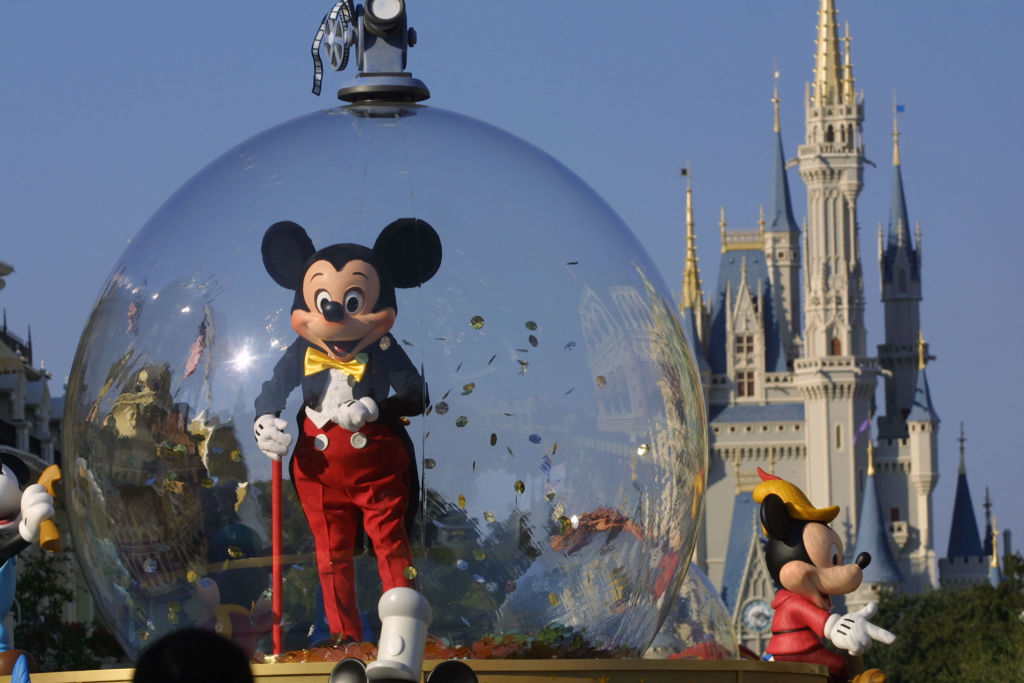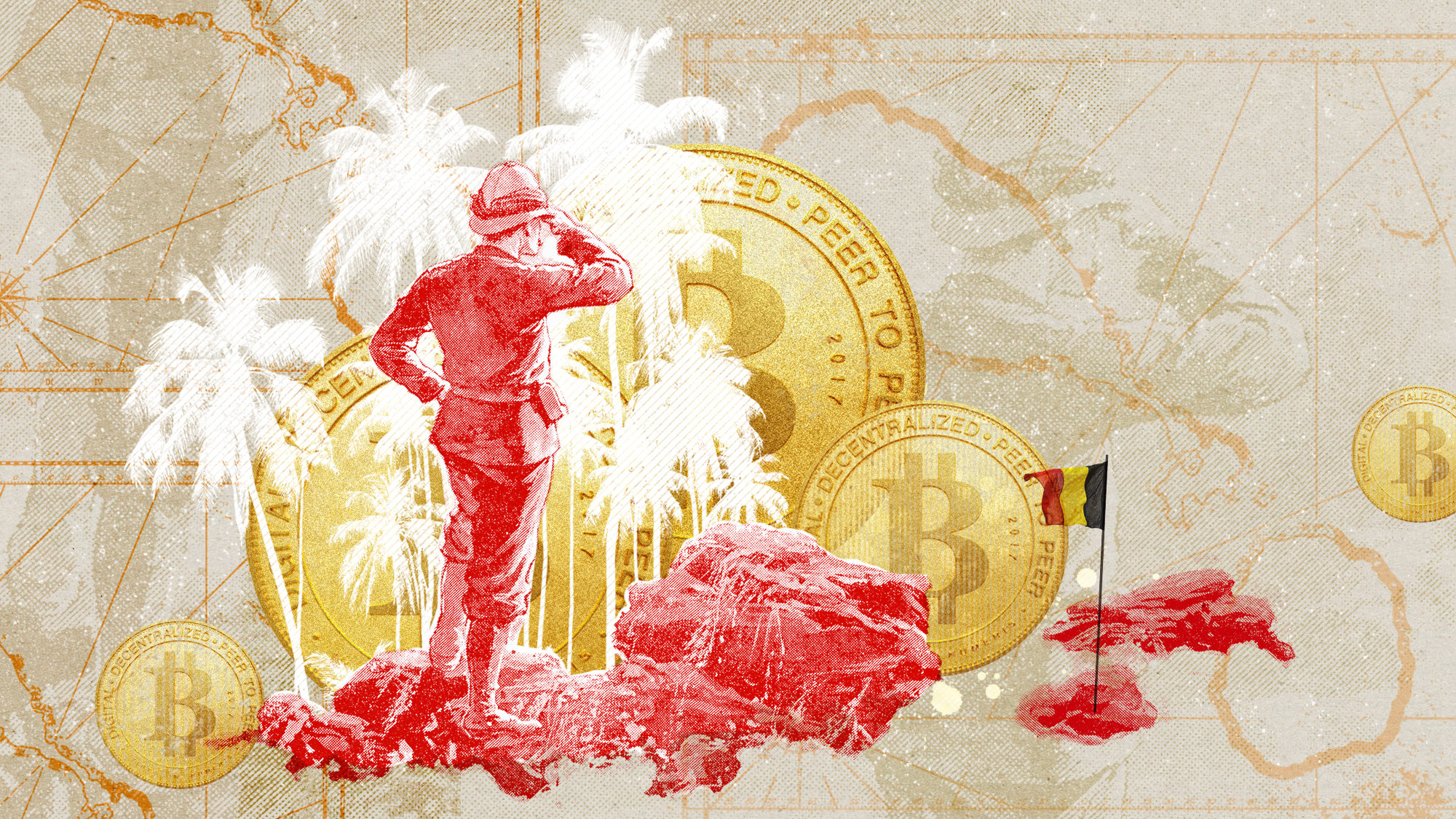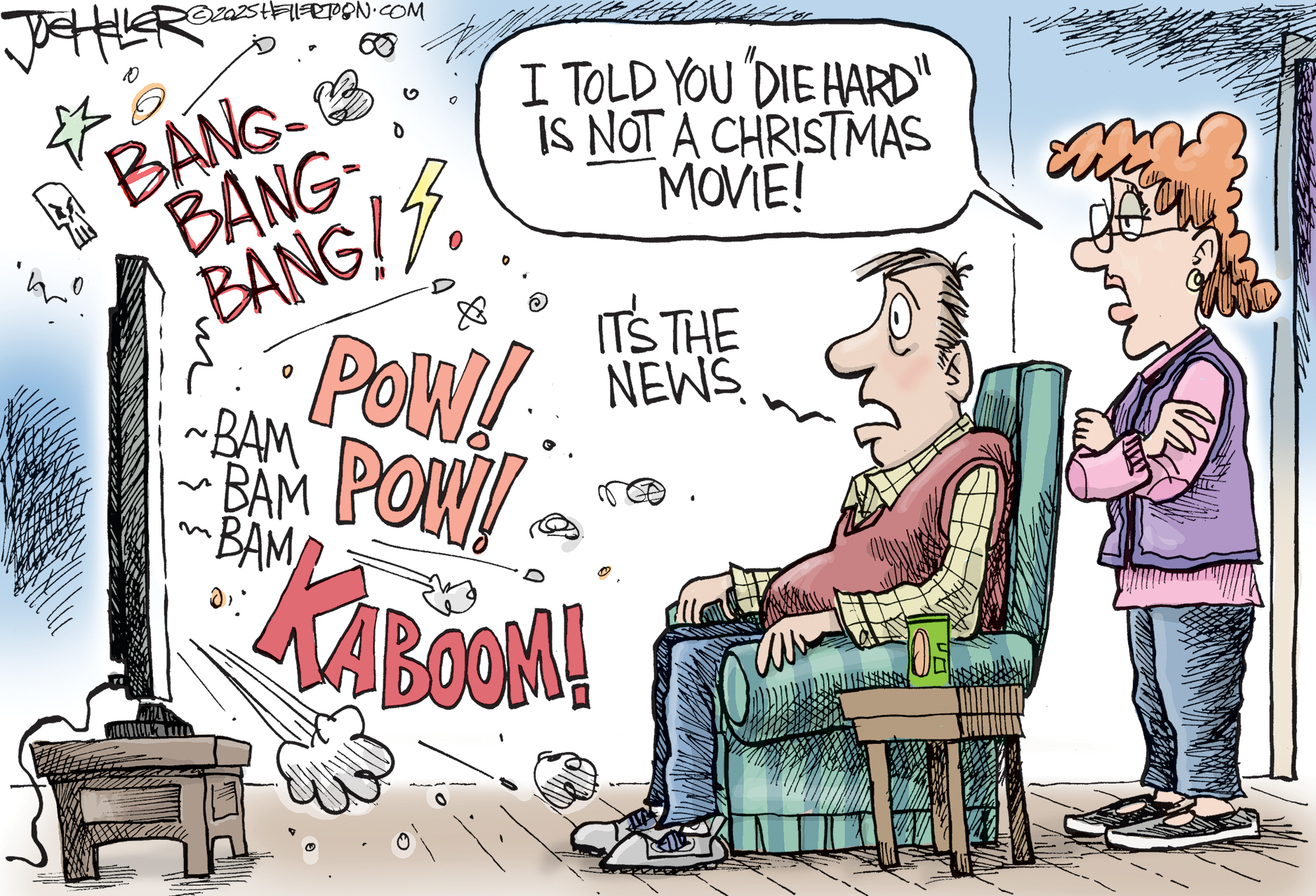What Disney World's outrageous prices say about our unequal economy
It's a rich man's world after all


In a recent Washington Post piece on how Disney World "left the middle class behind," there are two points worth contemplating side-by-side. First, in 2014 dollars, the price of a ticket rocketed from $20.46 in 1971 — when the Orlando theme park opened — to $105 today. And second, the park's business is booming: Visitors hit a record 19 million last year, and admissions revenue has grown 10 percent every year for the last decade.
It would seem leaving the middle class behind is very good for the bottom line.
In this sense, Disney World is a microcosm for a rather uncomfortable discussion around inequality: Namely, it's difficult to find solid evidence that rising inequality has harmed economic growth.
The Week
Escape your echo chamber. Get the facts behind the news, plus analysis from multiple perspectives.

Sign up for The Week's Free Newsletters
From our morning news briefing to a weekly Good News Newsletter, get the best of The Week delivered directly to your inbox.
From our morning news briefing to a weekly Good News Newsletter, get the best of The Week delivered directly to your inbox.
One of the most prominent dives into this question was a paper Jared Bernstein, former chief economist to Vice President Joe Biden, did for the liberal Center for American Progress in December 2013. He looked at a few routes by which inequality might harm growth — starting with atrophied demand in the economy, which probably has the most direct relation to the Disney World question.
The theory is pretty straightforward: Economic growth depends on a feedback loop between consumers on the one end and the businesses that create jobs on the other. If money concentrates at the top, it should become harder for that feedback loop to function. Even if someone has 10 times the money you have, they're not going to buy 10 times the amount of food or 10 times as many cars, which hurts businesses that sell food and cars.
But as Bernstein showed, consumer spending continued to rise even as inequality increased. If you look at the rate of U.S. economic growth over time, there's certainly a slight decrease in the age of inequality. But lots of other Western countries with lower levels of inequality show the same trend.
A scary possibility that Disney World raises is that, at the aggregate level, the economy can continue to chug along at a respectable pace even with a lot of the money packed into the top. You can see this in Disney World's business model, which now offers a wealth of fancy upgrades for attendees who can afford it: premiere hotels with sky-high prices, VIP tours, parties, dining events, salon treatments, and more. These cost a fortune, but the upper class can pay it. Meanwhile, for everyone else, there are cheap-but-complex ticket deals for certain days, off-site lodging, or the possibility of just attending smaller regional parks like Six Flags — which are also raising prices, just less dramatically.
A free daily email with the biggest news stories of the day – and the best features from TheWeek.com
The balance in the business model is maintained by maximal catering to the upper class' spending power. Meanwhile, the lower class is shunted to the fringes, but with enough scraps to keep business moving.
As it is with Disney World, so it is with the national economy: There's still a fair amount of people doing really well, and they can provide lots of demand. Since the recession, the industries that serve the upper class — and that, more importantly, provide the jobs for the upper class — have actually recovered handsomely. Jobs for the lower class are doing alright as well. It's jobs for the middle that have vanished. This is why it's called the "hourglass economy."
Now, Bernstein identified other avenues by which inequality could harm the economy. One of the most plausible is that increased borrowing is the reason consumer spending held up over the last few decades — in other words, the middle class supplemented its stagnating income with more debt. Economics blogger Steve Randy Waldman has put together some pretty compelling circumstantial evidence this is exactly what happened. And if that's the case, it introduces some pretty obvious instabilities into the economy: After all, our debt build-up ended very badly in 2008. (You could go even further, and note that the student debt glut seems to be replacing the housing bubble as the middle class' next big debt-fueled dash to keep up with the upper class.)
That said, there were a lot of bubbles and busts during the low-inequality years as well.
But perhaps the most important thing to keep in mind is this: Disney's ultra-fancy amenities for the upper class rest on the fact of inequality in the larger economy. As Robert Niles put it at Theme Park Insider, it wasn't so much that Disney World left the middle class behind, as that America as a whole did. Disney World just adapted to that new economic geography. If the park was serving an American consumer base that was relatively egalitarian, there'd be no need for Disney World to hike ticket prices to chase the elite, or to stratify its pricing structure, or to offer Gilded Age amenities.
Again, the amenities of the Disney World microcosm mirror those of the economy as a whole: If the sharing economy turns into a "servant economy," for example, it will rest on the dynamic between the upper and lower portions of the hourglass economy. And, of course, the internal dynamics of companies — the work environment, and the distribution of pay — is determined by the power differential between the workers and the owners.
The idea that economic growth can continue alongside inequality is scary because the specter of economic harm is an obvious way to get the upper class on board with the idea of reducing inequality. If inequality doesn't hurt them, then the upper class has no reason to give up their amenities — at Disney World or anywhere else.
Jeff Spross was the economics and business correspondent at TheWeek.com. He was previously a reporter at ThinkProgress.
-
 Critics’ choice: The year’s top 10 movies
Critics’ choice: The year’s top 10 moviesFeature ‘One Battle After Another’ and ‘It Was Just an Accident’ stand out
-
 The small Caribbean island courting crypto billions
The small Caribbean island courting crypto billionsUnder the Radar Crypto mogul Olivier Janssens plans to create a libertarian utopia on Nevis
-
 Political cartoons for December 21
Political cartoons for December 21Cartoons Sunday’s political cartoons include Christmas movies, AI sermons, and more
